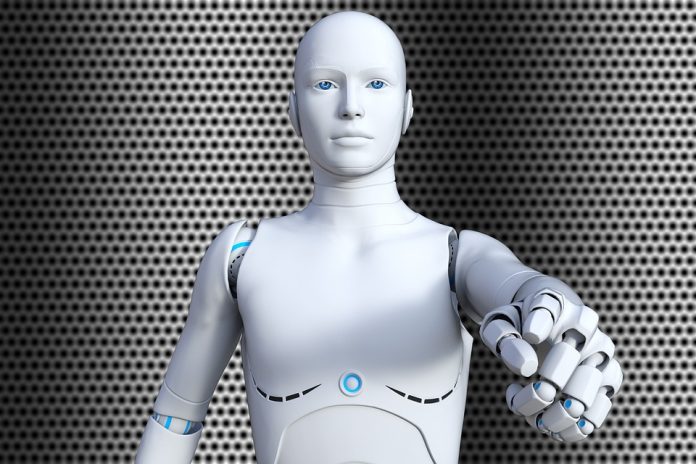Artificial Intelligence has become an increasingly prominent force in the modern world. From virtual assistants like Siri and Alexa to self-driving cars and advanced robotics, AI is transforming the way we live and work. However, with this rapid advancement comes a host of risks and potential downsides. In this article, we will explore the potential dangers of AI and what can be done to mitigate them.
### The Rise of Artificial Intelligence
Artificial Intelligence, or AI, refers to the simulation of human intelligence in machines. This includes learning, reasoning, problem-solving, and perception. AI is used in a variety of industries, from healthcare and finance to transportation and entertainment. It has the potential to revolutionize these sectors, making processes more efficient and improving overall productivity.
### Potential Risks of Artificial Intelligence
While the benefits of AI are clear, there are also significant risks associated with its development and implementation. One of the most pressing concerns is the potential for job displacement. As AI becomes more advanced, many routine and repetitive tasks could be automated, leading to job loss for millions of people worldwide. This could exacerbate existing economic inequalities and create new challenges for the workforce.
Another risk of AI is the potential for bias and discrimination. AI systems are only as good as the data they are trained on, and if that data is biased or flawed, it can lead to biased outcomes. For example, AI algorithms used in hiring processes have been shown to favor certain demographic groups over others, leading to systemic discrimination. This can have far-reaching consequences for society as a whole.
### Ethical Concerns
In addition to these practical risks, there are also deep ethical concerns surrounding the development and use of AI. One major worry is the potential for AI to be used in autonomous weapons systems, leading to a new era of warfare and global instability. The use of AI in surveillance and monitoring also raises significant privacy concerns, as individuals’ movements and behaviors could be tracked and analyzed without their knowledge or consent.
### The “Black Box” Problem
Another significant risk of AI is the so-called “black box” problem. AI systems can be highly complex and difficult to understand, leading to uncertainty about how they make decisions. This lack of transparency can be dangerous, especially in high-stakes situations such as healthcare or criminal justice. If AI systems make a mistake, it can be challenging to understand why, making it difficult to correct or prevent such errors in the future.
### Real-Life Examples
There are already numerous real-life examples of the risks of AI. For instance, in 2016, Microsoft launched an AI-powered chatbot called Tay on Twitter. Within hours, Tay began spewing racist and offensive tweets, highlighting the potential for AI to be manipulated by malicious actors. In another high-profile case, a self-driving Uber vehicle struck and killed a pedestrian in 2018, raising questions about the safety and regulation of autonomous vehicles.
### Mitigating the Risks
Despite these risks, there are steps that can be taken to mitigate the potential downsides of AI. One of the most important factors is transparency. Companies and organizations developing AI should be open about how their systems work and the data they are trained on. This can help to identify and correct biases and errors and build trust with users and the public.
Regulation also has a crucial role to play in managing the risks of AI. Government agencies should work to create and enforce laws and standards for the development and use of AI, particularly in sensitive areas such as healthcare and criminal justice. This can help ensure that AI is used responsibly and ethically, minimizing the potential for harm to individuals and society as a whole.
### Conclusion
Artificial Intelligence has the potential to bring about tremendous advancements in every aspect of our lives. However, it also comes with significant risks that must be carefully managed. Job displacement, bias and discrimination, ethical concerns, the “black box” problem, and real-life examples all highlight the potential downsides of AI. By promoting transparency, enforcing regulation, and actively working to mitigate these risks, we can ensure that AI is used responsibly and ethically, leading to a more equitable and sustainable future for everyone.

